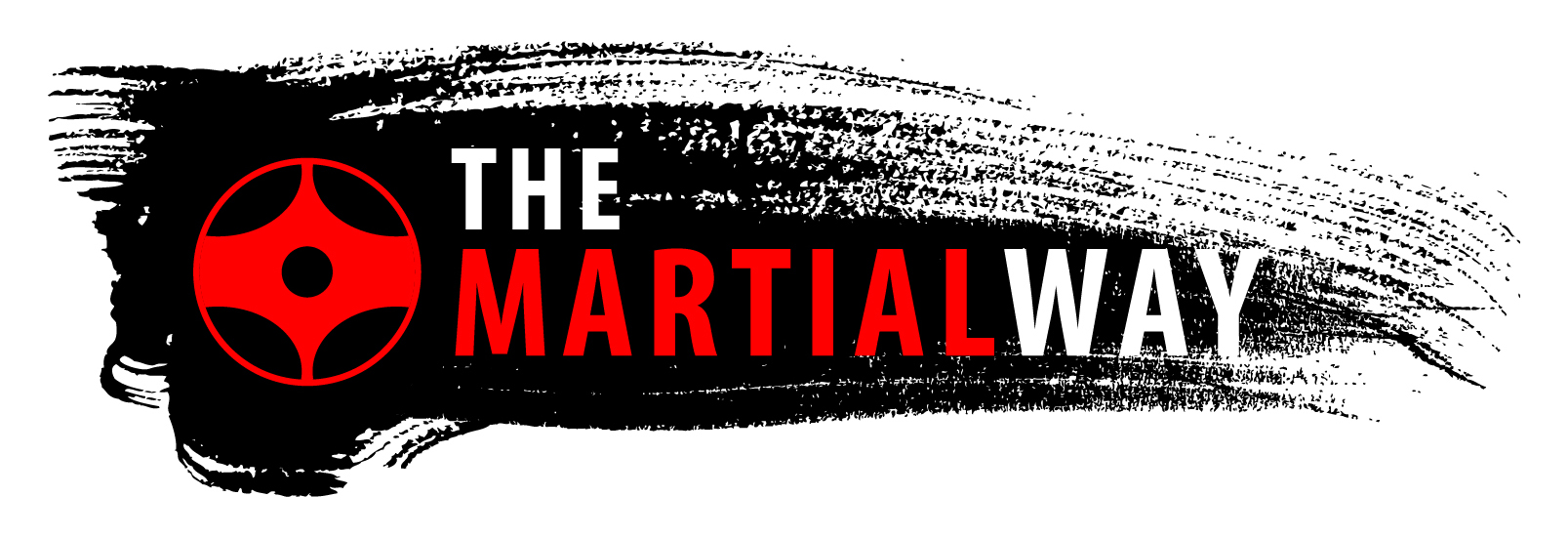Why is kiba-dachi (horse stance) so prevalent in karate, yet not utilized as a fighting stance? Why is there so much importance on it? These are questions that were raised recently by my instructor Sensei Steve Fogarasi at our dojo, Contact Kicks Martial Arts (President of IFK Canada and Country Representative). As well, why do we train so low, etc. Upon his guidance, I decided to do some research into this stance and answer some questions along the way.
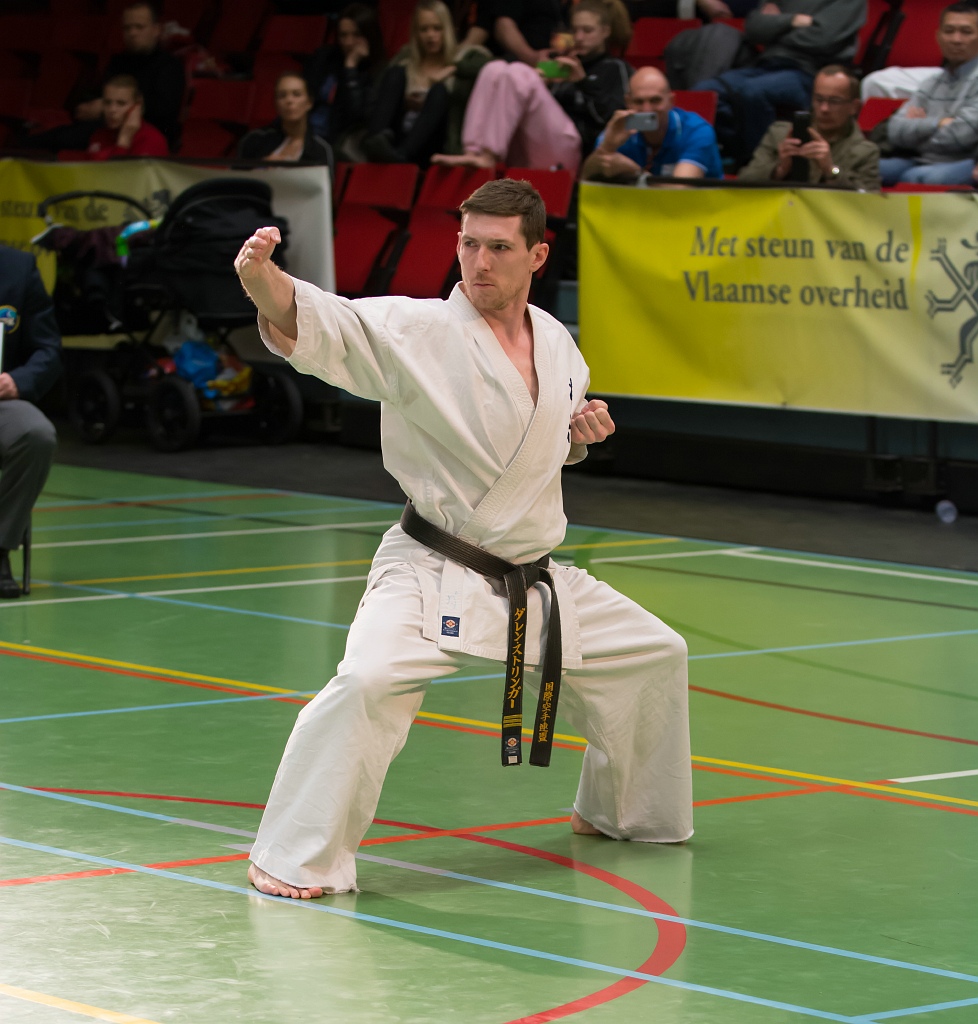
The horse stance (sometimes called horse-riding stance) is a common posture in Asian martial arts and takes its name from the position assumed when riding a horse. It is called mǎbù (馬步) in Chinese and kiba-dachi (騎馬立ち) in Japanese.
In southern Shaolin Gongfu, the most important stance is the Horse-Riding Stance. It is also one of the most demanding exercises in all Gongfu.
Historically the horse-stance isn’t as low as we see in Japanese Mainland Karate. I.e. Shotokan. More modern incarnations of mainland Japanese karate lengthened and deepened stances for training and aesthetics at the expense of functionality. This is particularly evident with the advances by Funakoshi Yoshitaka, son of Shotokan karate founder Funakoshi Gichin.
Funakoshi Yoshitaka lengthened and deepened karate stances, which is very obvious when you examine photographs from the early 20th century, which demonstrate higher and narrower stances.
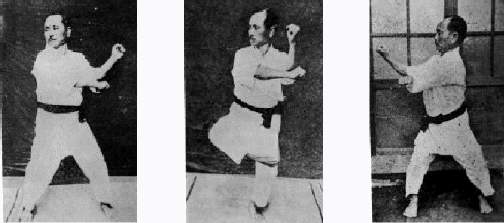
Not only did Funakoshi Gichin himself use higher stances, but also so did his rival Choki Motobu. In the case of Naihanchi kata both men adopted a stance which was considerably narrower and higher than that seen in modern Shotokan.

As a side, Funakoshi renamed Naihanchi kata to Tekki (Iron Horse), in reference to his old teacher, Itosu, and the form’s power. In the earlier days of karate training, it was common practice for a student to spend two to three years doing nothing but Naihanchi/Tekki, under the strict observation of their Sensei. Motobu Choki, famous for his youthful brawling at tsuji (red-light district), credited the kata with containing all that one needs to know to become a proficient fighter.
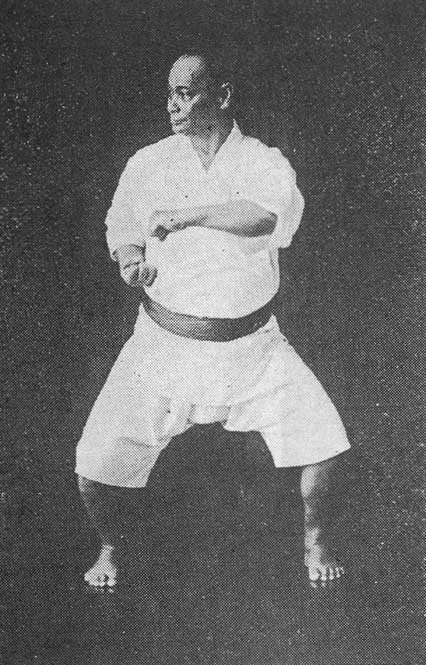
Given Sosai Mas Oyama’s background as the founder of Kyokushin Karate, with roots in Shotokan and Goju-ryu, not to mention Taikiken the Japanese martial art, greatly inspired by Chinese Yi Quan, it isn’t surprising that we place so much emphasis on Kiba-dachi as well, yet not utilize if in kumite.
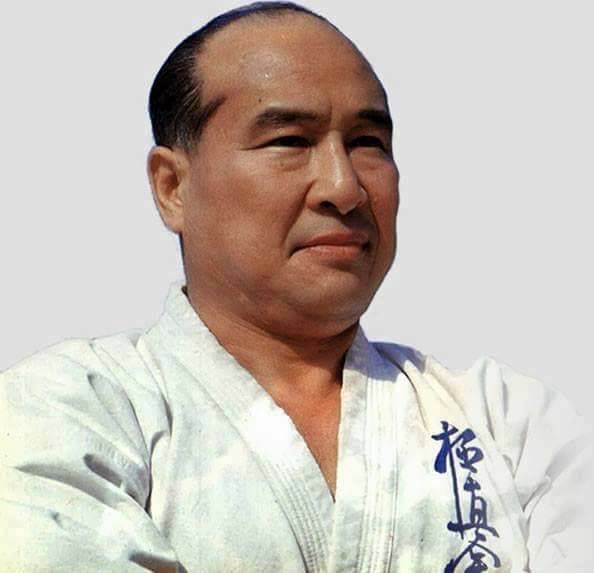
I look to the Chinese arts for their horse stance, as historically, this is where most of Karate gets its major influence. It isn’t as low and wide as that seen in modern shotokan, but it isn’t quite as narrow as Shotokan’s or Motobu’s kiba-dachi.
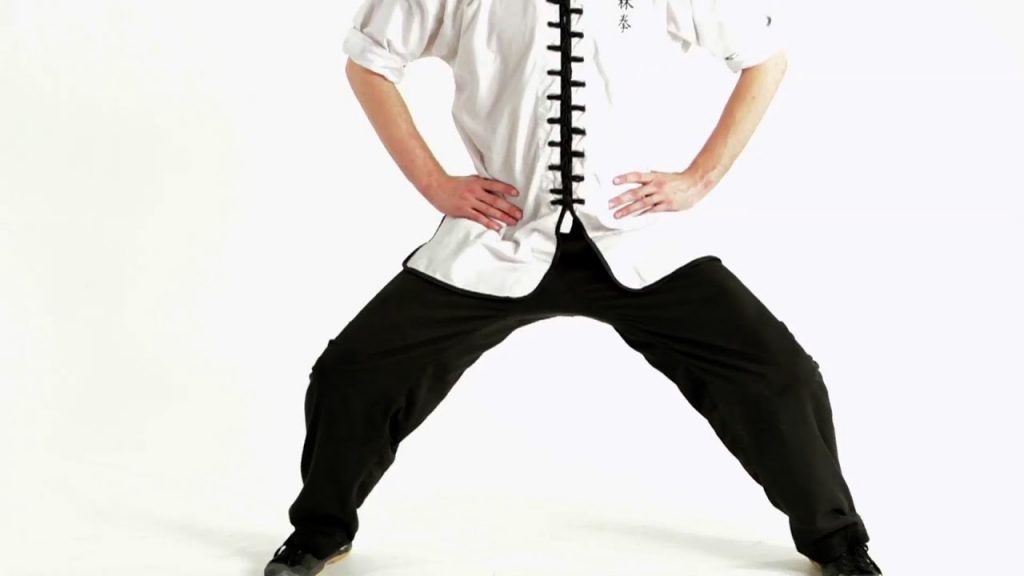
According to most Chinese martial art scholars, the main purpose of the Horse-Riding Stance is not only training the body, but also training internal energy and the mind. It is an incredible method evolved by masters through the centuries where the practitioner’s form is reduced to the bare minimum so that they can focus on training their energy and mind.
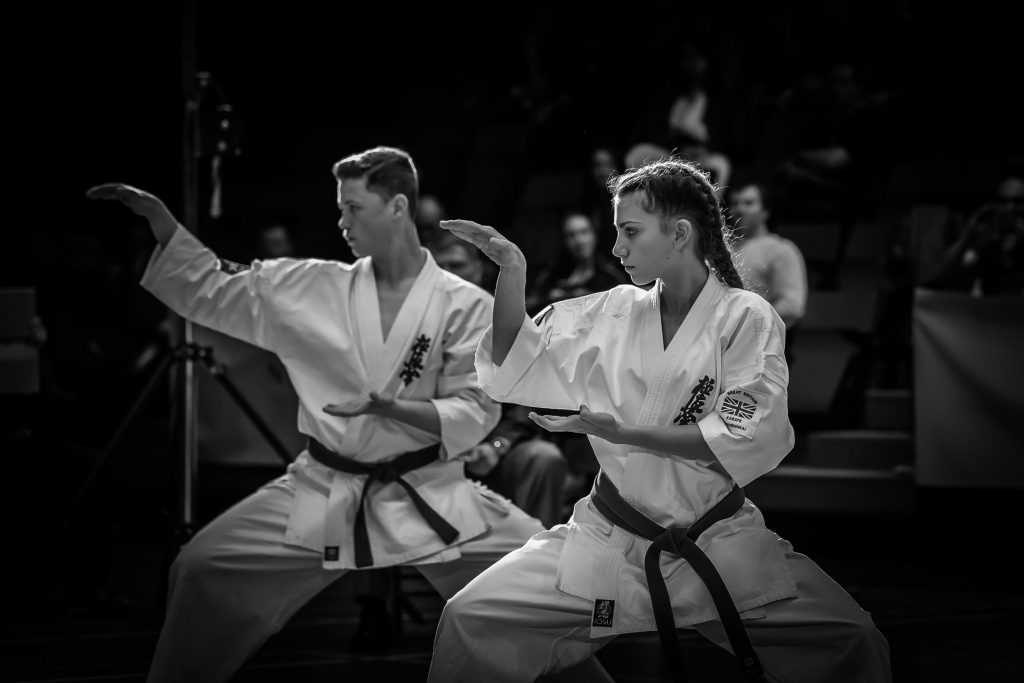
Because the form is simple, it is easy for the inexperienced practitioner to make mistakes. The most serious mistakes are that they tense their muscles, although they think they are relaxed. The next most serious mistake is that after some time their stance is not upright and posture begins to fail.
Remaining correctly in the Horse-riding Stance for two minutes is quite an achievement. Most people cannot remain for 30 seconds. But you should aim at five minutes, which is the minimum requirement for a reasonable achievement in this stance training. You must progress gradually. It may take you many months, or even years, but the effort will be well spent.
Kata aren’t meant to look like fighting. They are training drills for conditioning the body. Accordingly, stances don’t have to be “real” – they can and should be lower so as to add “load”, and focus on one’s center of gravity.
Three factors influence one’s centre of gravity: state of mind, energy balance, and physical position. One other bonus is that it influences flexibility with developing flexible hips.
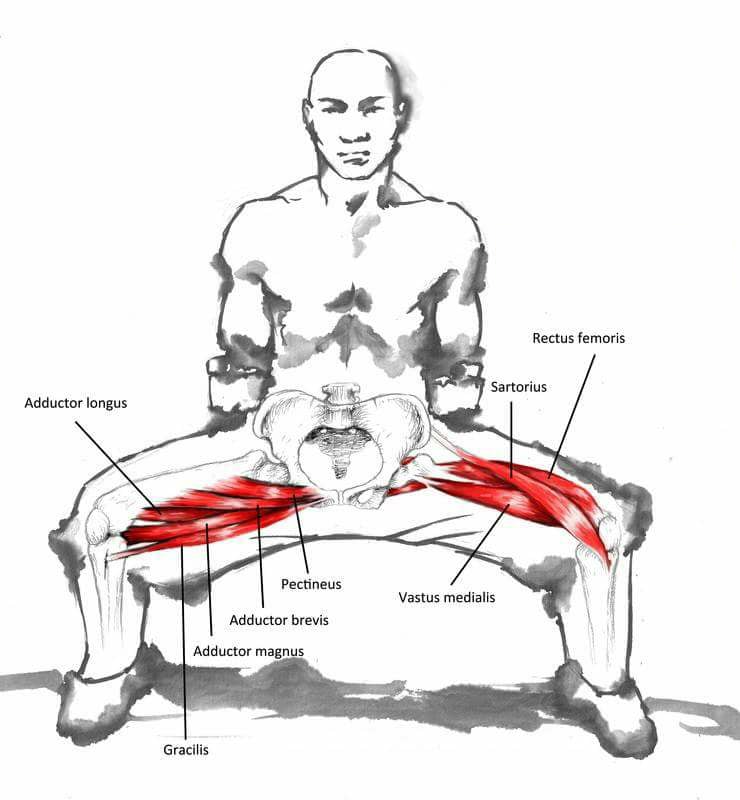
Consistent horse stance training can have profound effects on;
- Your structural balance between flexibility and strength
- Internal energy flow
- Mental discipline
- Muscle endurance
- The development of martial capabilities in other areas, by learning to be rooted and grounded with natural centre of gravity.
Fundamentally, the horse stance is a position that has been proven over thousands of years to develop strong, flexible hips and legs, plus a focused, resilient mind.
If a person stands upright and is perfectly relaxed, even if they are untrained in any art, their centre of gravity is naturally focused at a point below the navel, at a vital point called Qihai (“Sea of energy”). It is located two finger widths (2-3 inches) below the center of the belly button. It is so-called because your Qi (chi) or vital energy is focused there naturally. This qihai vital point is often also called dan-tian, which means “elixir field”. Shen, which can be translated as “Spirit” or “Mind”, and implies our consciousness, mental functions, mental health, vitality, and our “presence”, may also be focused there. That is why some spiritual disciplines regard this vital point as the spiritual centre too.
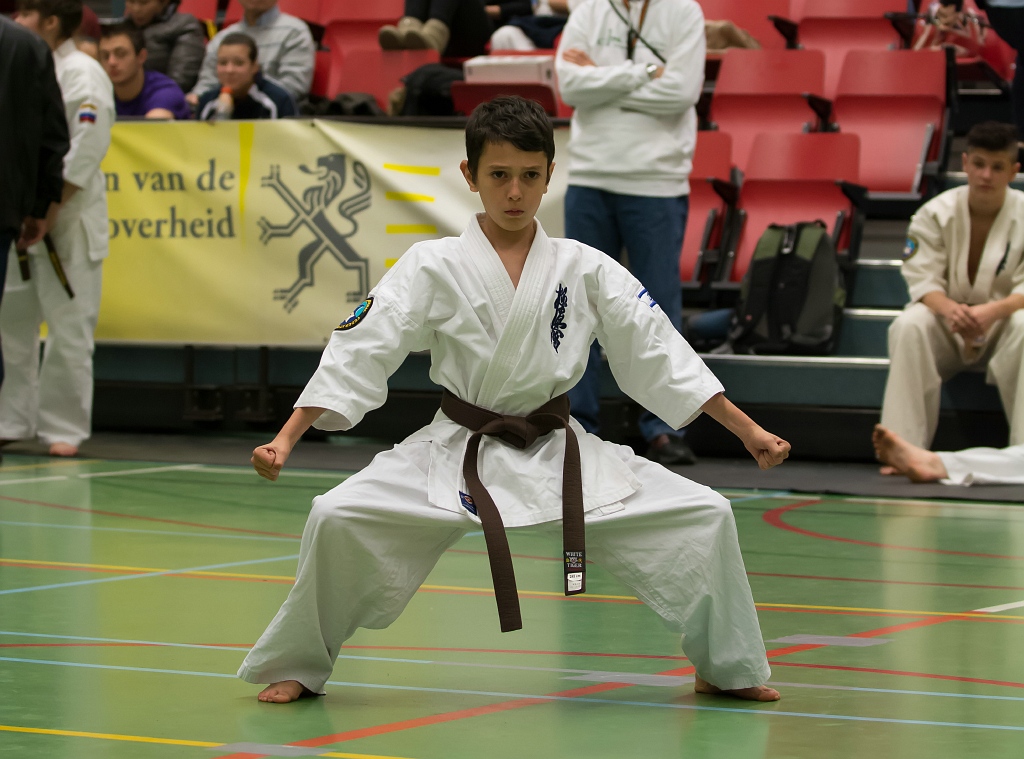
Most people do not stand upright and are not perfectly relaxed. Many people stand with their toes pointing outward and leaning back slightly. If they were perfectly relaxed, they would fall over because their centre of gravity has shifted from their dan-tian to their back. But they would not fall, because they tense their back muscles and leg muscles to support themselves. They are so used to this tension that they normally are not aware they are tensed.
Even if they stand upright and are physically relaxed, they are not relaxed emotionally and mentally (or in qigong terms, energetically and spiritually).
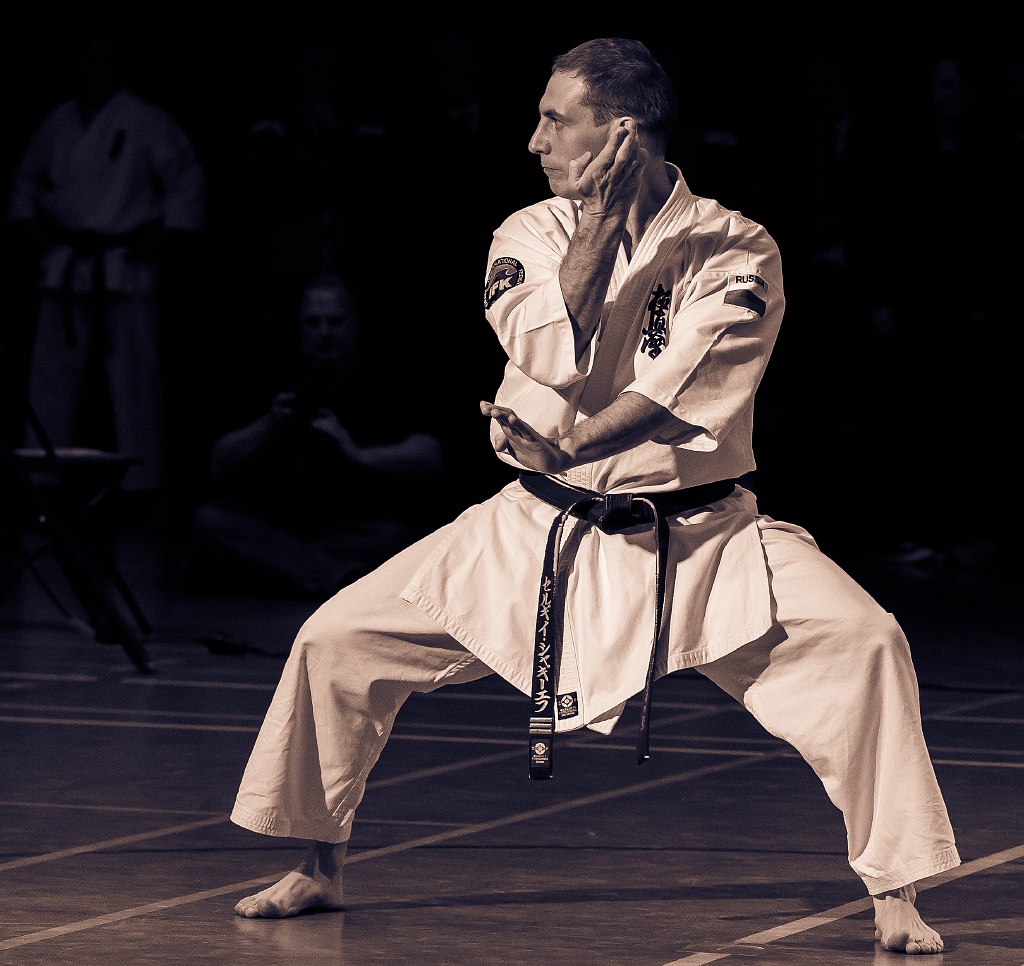
They are often excited or nervous or experience other negative emotions, thus causing their vital energy to float upward. They also think of myriad thoughts constantly. This causes the spirit to be dissipated. But most people are unaware of such subtle activities going on inside them.
Practicing the horse-riding stance is an excellent way to over these problems. The form of the stance itself lowers your spiritual focus as well as your energetic focus to your dan tian. At first you would be physically tensed, as you are not used to sustaining the form. But with practice and as your energy flows, you can be physically relaxed. Hence you attain a one-pointedness of mind, energy and form. When you understand this, you will understand why the horse-riding stance is so important; it is not just a physical exercise to strengthen your leg muscles but involves all your three components of form, energy and mind.
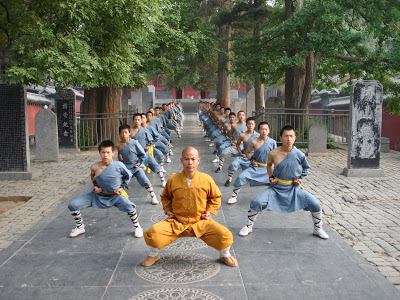
In Chinese medical theory, there are three things that are essential to sustaining human life: Jing, Qi, and Shen. They are called the “Three Treasures,” and each one contributes to the overall health and wellbeing of the body. Once you have acquired the skill of focusing your mind, energy and form at a point through horse-riding stance training, i.e. once you have achieved a unity of jing, qi and shen, you can apply the same skill to any forms or movements, such as to swimming, combat application or your daily work.
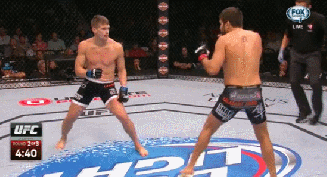
In closing, though the stance has been adopted in sport karate as combative, think Wonder Boy, originally it was used in developing balance, low center of gravity, endurance, both physically and mentally, which applies to areas of karate, and life.
